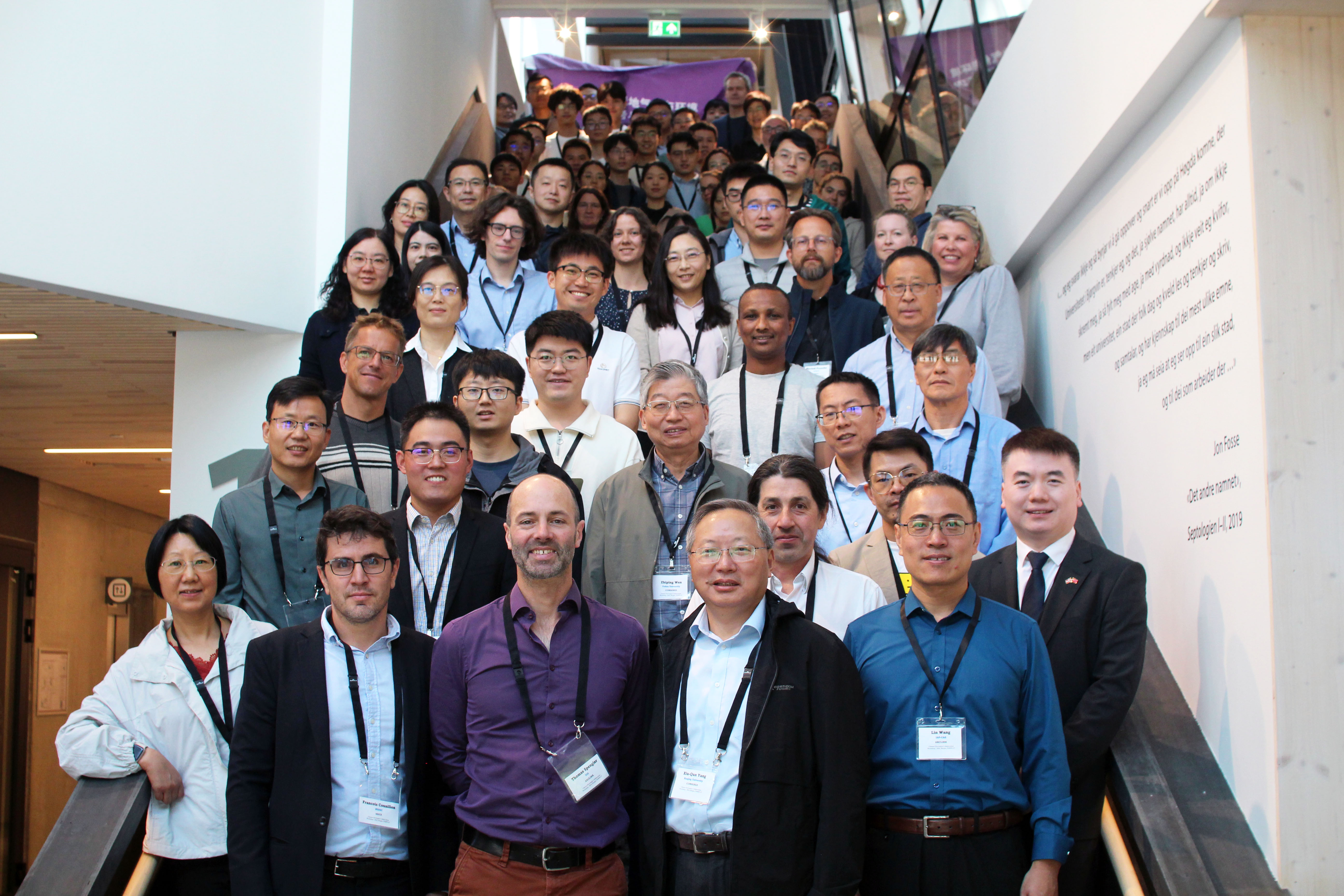When the Research Council of Norway in 2021 announced a call for Norwegian-Chinese cooperation on climate research, five out of the eight approved projects were led by researchers from the Bjerknes Centre, through its partner institutions the University of Bergen, NORCE and Nansen Environmental and Remote Sensing Center.
This week more than a hundred climate scientists meet in Bergen to discuss results of this research. Shengping He from the Geophysical Institute at the University of Bergen and the Bjerknes Center coordinates one of the projects.
“The current cooperation between Bergen and China is based on twenty years of work with Nansen-Zhu International Research Center in Beijing,” he says.

More than fifty participants come from the Institute of Atmospheric Physics at the Chinese Academy of Sciences, Nanjing University, Nanjing University of Information Science and Technology, and Fudan University, all Nansen-Zhu partners.
Others come from China Ocean University, Sun Yat-Sen University, Danish Meteorological Institute, Norwegian Meteorological Institute and the University of Reading.

These are the five projects:
Air-sea interaction
Interactions between the ocean and the atmosphere are not well represented in weather and climate models.
The project Atmosphere-Ocean Interactions over Key Regions of the Arctic and their Linkages to Midlatitudes (ARCLINK) aims to improve prediction models by indentifying processes leading to biases. The findings will guide model development aimed to improve predictions.
The researchers will focus on atmosphere-ocean interactions during cold air outbreaks, assessing model biases for heat and moisture exchange as well as how models fail to represent these processes. As these weather events are in general connected to the larger-scale setting of the atmospheric circulation, they will investigate teleconnections and coupling mechanisms between polar regions and lower latitudes.
A particular focus will be on the incursions of heat and moisture into the Arctic. It has recently been argued that these incursions are becoming more frequent with climate change, though a thorough assessment is still lacking.
Predicting sea ice
As of today, dynamical sea ice prediction is skillful up to a few months. The project Towards skillful subseasonal-to-seasonal sea ice prediction (4SICE) will investigate the mechanism behind predictability, the limits and how far ahead sea ice may possibly be predicted.
The aim is to strengthen our ability to predict sea ice extent for the coming months and seasons. This will be accomplished through improvements of the sea ice model currently in use, and the way observations are assimilated to run this model.
Small-scale processes in the polar regions
Even in the latest climate models the resolution is too coarse to resolve many of the processes determining the climate in the polar regions.
The project Studies of Key Polar Ocean and Climate Processes with high resolution coupled climate models (KeyPOCP) will focus on a set of key processes that simulations are starting to resolve. Specifically, the researchers will quantify how dense water formation, shelf-basin exchange, air-sea interaction and extreme precipitation events at high latitudes depend on oceanic mesoscale features and storms, today and in a warmer future.
New high-resolution simulations as well as observations in the Svalbard region and the Weddell Sea will be used.
Warming of the Arctic and the Tibetan Plateau
Since the late twentieth century the Arctic and the Tibetan Plateau have warmed two–three times faster than the global mean. Acting as two heat engines, these regions drive atmospheric circulation anomalies.
Prosjektet Accelerated Arctic and Tibetan Plateau Warming: Processes and Combined Impact on Eurasian Climate (COMBINED) addresses two key questions:
- What are the roles of climatic variations within and outside the region, as well as various physical processes, in driving climate variations at in the Arctic and at the Tibetan Plateau?
- What is the combined impact of the warming of these two regions on the Eurasian and the global climate?
Warm Arctic, cold East Asia
The Arctic is entering a new era with more open waters in summer and increasing areas of newly-formed sea ice in winter. This implies significant changes in ocean conditions, atmospheric circulations and climate patterns, challenging existing knowledge on climate predictions.
The project Mechanism and prediction of the new Arctic climate system (MAPARC) aims to enhance the understanding of Arctic climate change and improve predictions. This includes:
- quantifying observed changes of Arctic air-sea-ice interaction due to the increased area of newly-formed sea ice, and use climate models to study the underlying mechanisms.
- identifying the processes responsible for Arctic warming and the downstream effects on extremes over Eurasia.
- assessing the forcing behind changes in the polar vortex, jet stream and blocking.
- developing new methods with models, statistics and machine learning, to improve seasonal predictions.
Read more about this here.

